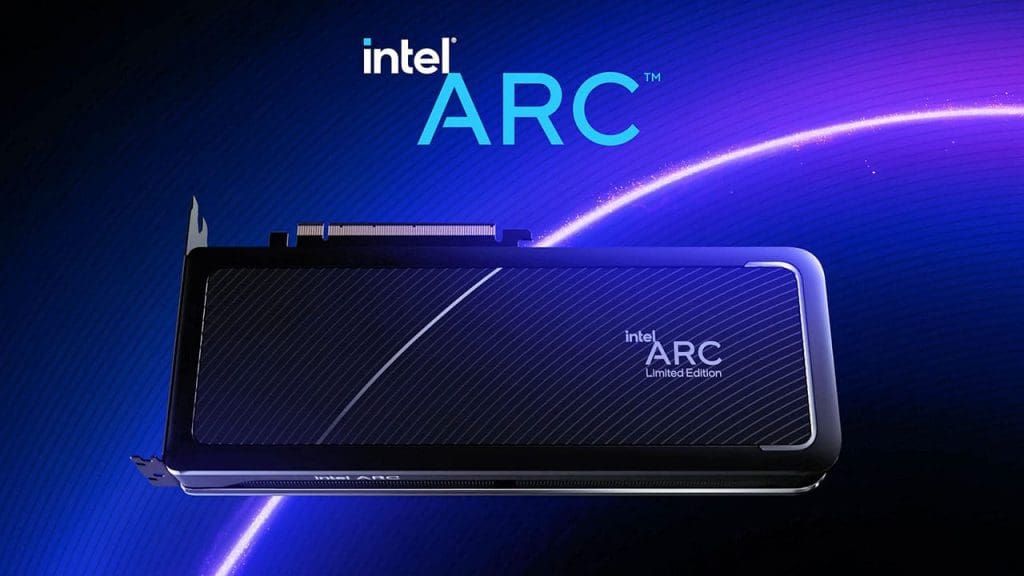The Radeon RX 6600 and GeForce RTX 3060 are two mainstream GPUs in which Intel’s new graphics card puts itself. If street prices weren’t so exorbitant, the Intel Arc 750 with its 8GB of graphics RAM would be in a much better price range and, yes, would provide decent value for money.
For Intel, the launch has not gone well. After initially exclusively shipping the slower A380 SKUs in Asia, Intel experienced immediate low-volume availability concerns with the debut of the Intel Arc 750. In addition, numerous software problems have dogged and followed the hardware releases. The lack of sample kits from Intel is one of the simple reasons for this review’s tardiness.
Intel Arc 750 Is Exceptional
With a few exceptions, YouTubers largely took precedence over more technical media. The good news is that Intel drivers have advanced further in a positive direction ever since their release. The Intel Arc 750 series is a platform that we found to be largely stable, with performance numbers that shine in DX12 games but remain subpar in DX11 titles.
As you may have observed, there were two variants of the A770 available at launch: 8GB and 16GB. The ordinary 8GB version of the A770 costs $330, while the Limited Edition model we are evaluating costs $350. Intel Arc 750, which is slightly smaller and will cost $290, is the next option. But we can’t locate this pricing elsewhere at any retailer; these are MSRPs. You’re down for nearly 350 EUR over here in the EU.
The A770 uses all 32 Xe Cores spread across 8 Render Slices, however, the A750 uses 7 Render Slices instead of 8, or 28 Xe Cores. In comparison to the A770’s 17.5 Gbps (560 GB/s bandwidth), the memory is set at 8 GB across the same 256-bit GDDR6 memory bus width but operates at a slower data rate of 16 Gbps (512 GB/s total bandwidth). There is no 16 GB option, in contrast to the A770.



